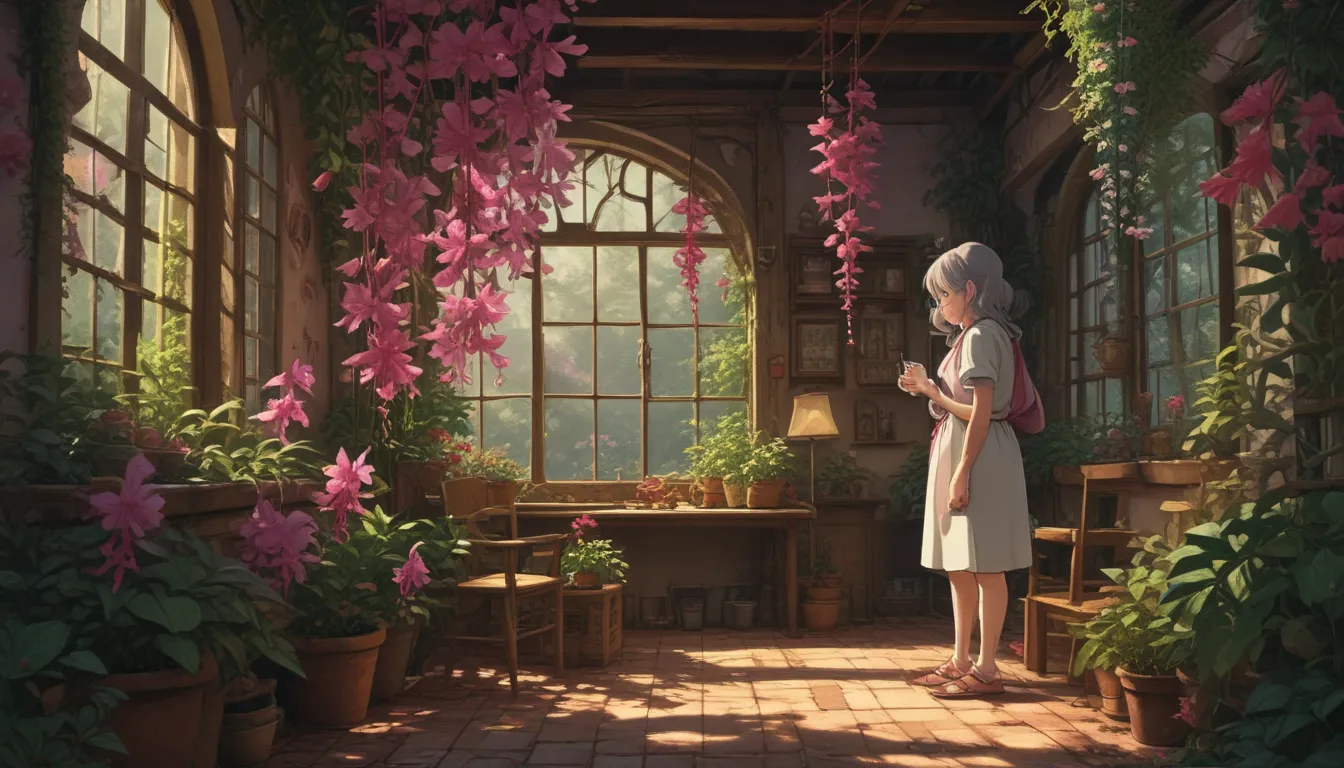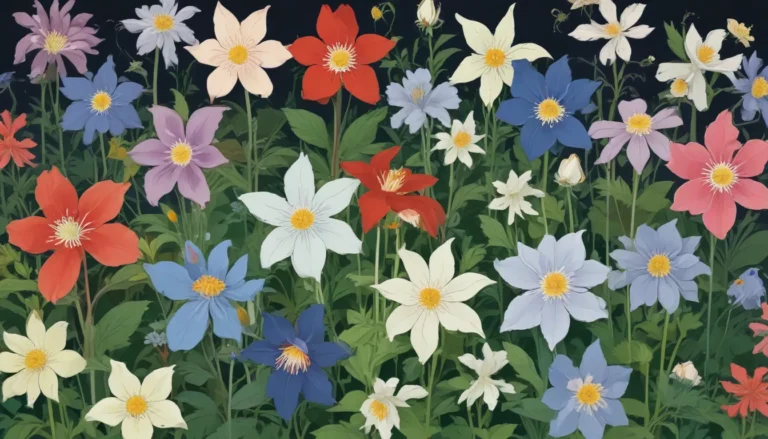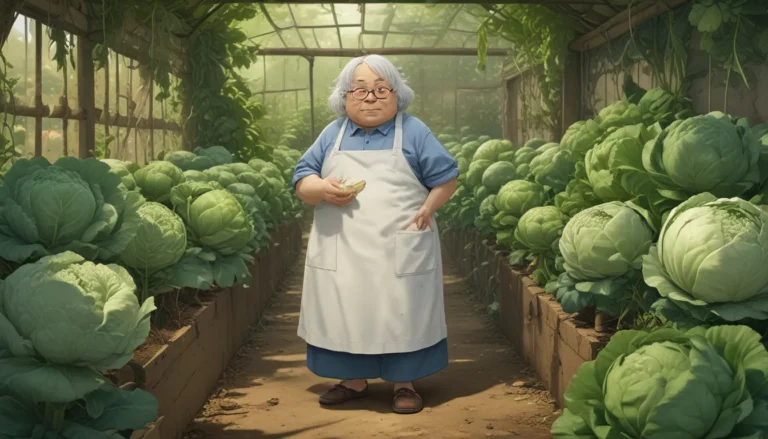The Ultimate Guide to Deadheading Fuchsias

Fuchsias are truly a sight to behold with their stunning, vibrant blossoms that seem to grace our gardens all season long. But to keep these floral wonders flourishing, a little maintenance is required.
Deadheading is a common task gardeners undertake to ensure their fuchsias keep producing those beautiful blooms. But why is it necessary, when should you do it, and how should it be done? In this comprehensive guide, we’ll cover everything you need to know to keep your fuchsia plants thriving.
Why You Should Deadhead Fuchsias
While fuchsias will naturally shed their flowers, deadheading is essential if you want to encourage your plant to continue blooming. When a fuchsia plant drops its flowers, it directs its energy towards ripening the ovary, which is the fruit left behind after the bloom falls off.
Photo by Kristine Lofgren.
By removing spent flowers and seed pods, you prevent the plant from focusing on fruit production and instead encourage it to keep blooming. Some fuchsia varieties may continue to flower even if you skip deadheading, but to be safe, it’s best to trim away the faded blooms.
Not only does deadheading promote more flowers, but it also keeps your plants looking neat and tidy, enhancing the overall appearance of your garden.
When to Deadhead Fuchsias
The ideal time to deadhead your fuchsia plants is when you notice wilting or browning flowers. Regular deadheading is recommended during the blooming season, which typically spans from spring to summer.
Photo by Kristine Lofgren.
Keep an eye on your plants and remove spent flowers promptly to encourage continuous blooming. Depending on the frequency of flower drop, you may need to deadhead daily or weekly to ensure your fuchsias remain vibrant and healthy.
How to Properly Deadhead Fuchsias
To deadhead your fuchsia plants, follow these simple steps:
- Use sharp scissors or clippers to snip the flower off at the end of the pedicel, the stem-like growth between the pod and the plant stem.
- Clean your tools with a 1:10 bleach to water solution to prevent the spread of disease.
- Avoid cutting beyond the end of the pedicel to preserve the growth joint for new blossoms.
- Pinch off flowers between your fingers, ensuring to wash your hands between plants to prevent disease transmission.
Photo by Kristine Lofgren.
After deadheading, you can enjoy the edible petals of the fuchsia blooms, making the task even more rewarding. If you’re interested in using fuchsia petals in your kitchen, we have a guide to help you make the most of these edible blooms.
Deadheading for Prolific Blossoms
Deadheading your fuchsia plants is the key to promoting continuous blooming and prolonging the flowering season. With regular deadheading, you can enjoy a stunning display of blossoms throughout the growing season.
Whether you choose to deadhead for more blooms or leave the flowers to ripen into sweet berries, fuchsias are sure to delight with their beauty and versatility. Remember, deadheading is a simple yet effective way to maintain the health and vitality of your fuchsia plants.
If you encounter any challenges with your fuchsias, feel free to reach out to us in the comments section for assistance. We’re here to help you keep your garden thriving with vibrant fuchsia blooms.
For more information on growing and caring for fuchsias, check out these helpful guides:
- Tips for Growing Fuchsia as Houseplants
- How to Prepare Your Fuchsia Plants for Winter
- Why Is My Fuchsia Wilting? 5 Common Issues
- How to Grow Hardy Fuchsia Shrubs in the Home Garden
Remember, deadheading is a rewarding task that allows you to enjoy the beauty of fuchsias to the fullest. So grab your clippers and start enhancing the blooms of your fuchsia plants today!
Enjoy Your Fuchsias in Full Bloom
With the knowledge and tips provided in this guide, you’re equipped to keep your fuchsia plants flourishing with vibrant blooms all season long. Deadheading is a simple yet effective technique that enhances the appearance and vitality of your garden.
So go ahead, tend to your fuchsias with care and watch them thrive with a bountiful display of blossoms. Your efforts will be rewarded with a garden filled with the enchanting beauty of fuchsia flowers.
For more gardening tips and guides, stay tuned for additional resources to help you cultivate a vibrant and thriving garden. Happy gardening!





